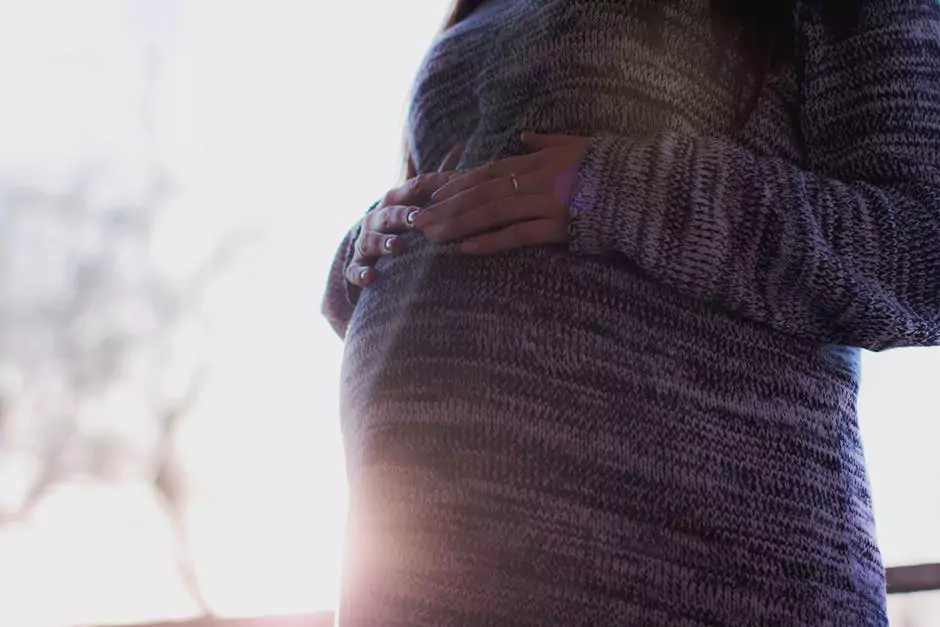
Story at-a-glance
- Pregnancy is the top cause of short-term disability claims, especially among millennial women—accounting for 64% of claims.
- Short-term disability typically replaces 60% of your salary for 6–8 weeks postpartum; some pregnancy-related complications may qualify for long-term coverage.
- FMLA leave is unpaid and only applies to certain employers and employees; disability insurance can help fill that income gap.
- Many women can’t rely on PTO or savings alone, making coverage essential for financial stability before and after childbirth.
- Older mothers face higher risk of pregnancy complications, making disability coverage even more important in your late 30s or 40s.
It’s not unusual to want to take some time off after having a baby. In some cases, you have no choice – medical complications are common after childbirth. But while employers with 50 employees or more are obligated under the Pregnancy Discrimination Act and Family Medical Leave Act to grant you time off to care for yourself or an immediate family member dealing with medical issues, they generally aren’t obligated to pay you while you’re absent. Disability insurance could solve that problem.
If you have enough PTO or vacation days saved up, you may be able to use those. But few women of childbearing age have enough paid time off accrued to take two or three months off of work without taking a hit to their income. And the Family Medical Leave Act only covers those whose employers have 50 or more full-time equivalents within 75 miles of your workplace, and only those who have worked at least 1,250 hours for that employer and who have worked for that employer for at least 12 months.
You may want to consider disability insurance
According to the Council for Disability Awareness, childbirth-related issues are the most common source of short-term disability insurance claims. Short-term disability insurance replaces a portion of your income generally for six to eight weeks. A study from Unum.com found that 28 percent of all claims for short-term disability insurance benefits arise as a result of pregnancy. Among Millennials, pregnancy is the runaway winner in reasons for short-term disability claim filings, accounting for 64 percent of all claims among this cohort.
Furthermore, 20 percent of all Millennial claims for long-term disability benefits are related to pregnancy or complications arising from pregnancy or childbirth. This means that these disabling injuries or illnesses arising from pregnancy or childbirth are lasting at least 90 days, which is a typical exclusion period for long-term disability insurance policies.
Among Generation Xers, pregnancy is still a major reason for short-term disability claims, accounting for 18 percent of them.
While pregnancy was more common among women in their 20s and 30s, a higher fraction of women in their 40s who became pregnant were forced to file claims for disability insurance.
Typically, disability insurance benefits are designed to replace about 60 percent of a worker’s normal salary.
Cover your bases
Women who may become pregnant may wish to work out a series of scenarios and assess their exposure to financial risk as a result of potential complications arising from pregnancy. Factors to be considered include:
- Savings available – minus medical expenses not covered by insurance.
- Paid time off/vacation/sick days accrued that would be available
- Guaranteed maternity/medical leave benefits available from your employer
- Short-term disability insurance in place
- Long-term disability insurance in place
- Daily and monthly expenses – which go up when you have a baby!
- Other sources of income
It’s routine for women to be out of the workplace for a month before childbirth. Absences of up to six weeks after childbirth are routine for vaginal deliveries, and up to 8 weeks for caesarian section deliveries, or deliveries of twins or triplets – and these timelines assume no complications exist. If there are complications, you can expect a longer period of disability where it is impossible for you to safely return to work.
Can your finances absorb an absence for that long? How about six months? A year? The average long-term disability claim lasts 34.6 months, or nearly three years, according to the Council for Disability Awareness, with pregnancy complications accounting for 5.6 percent of all claims for both sexes – so the incidence for women is much higher than the raw percentage indicates.
Ready to protect your future?
Get a personalized side-by-side policy comparison of the leading disability insurance companies from an independent insurance broker.




